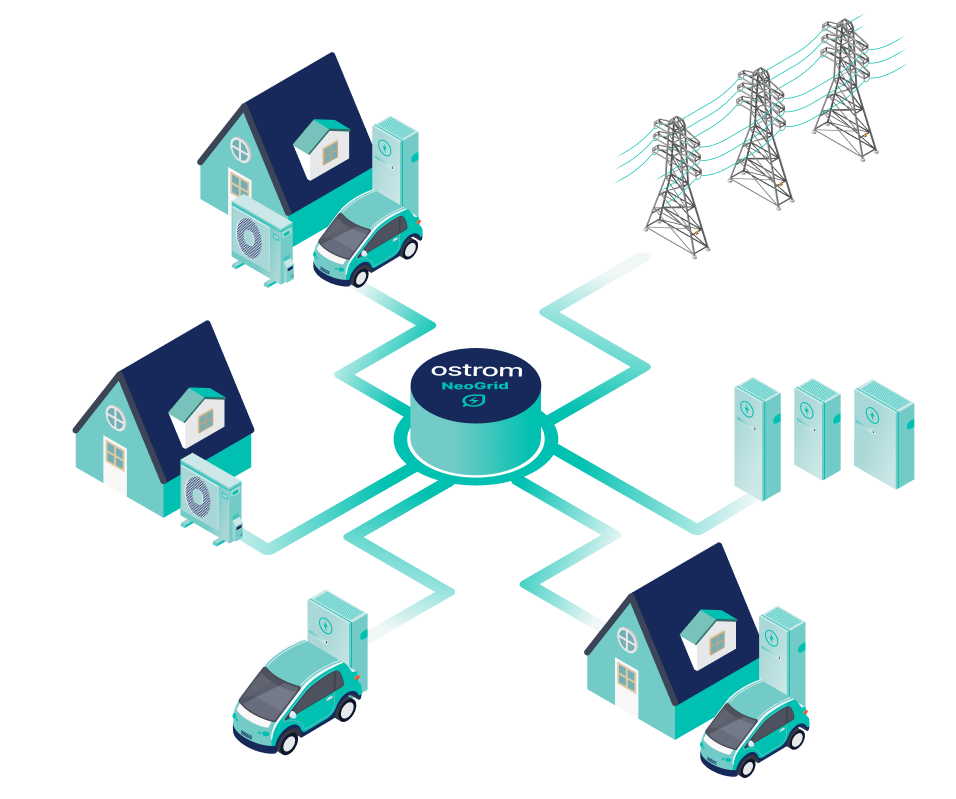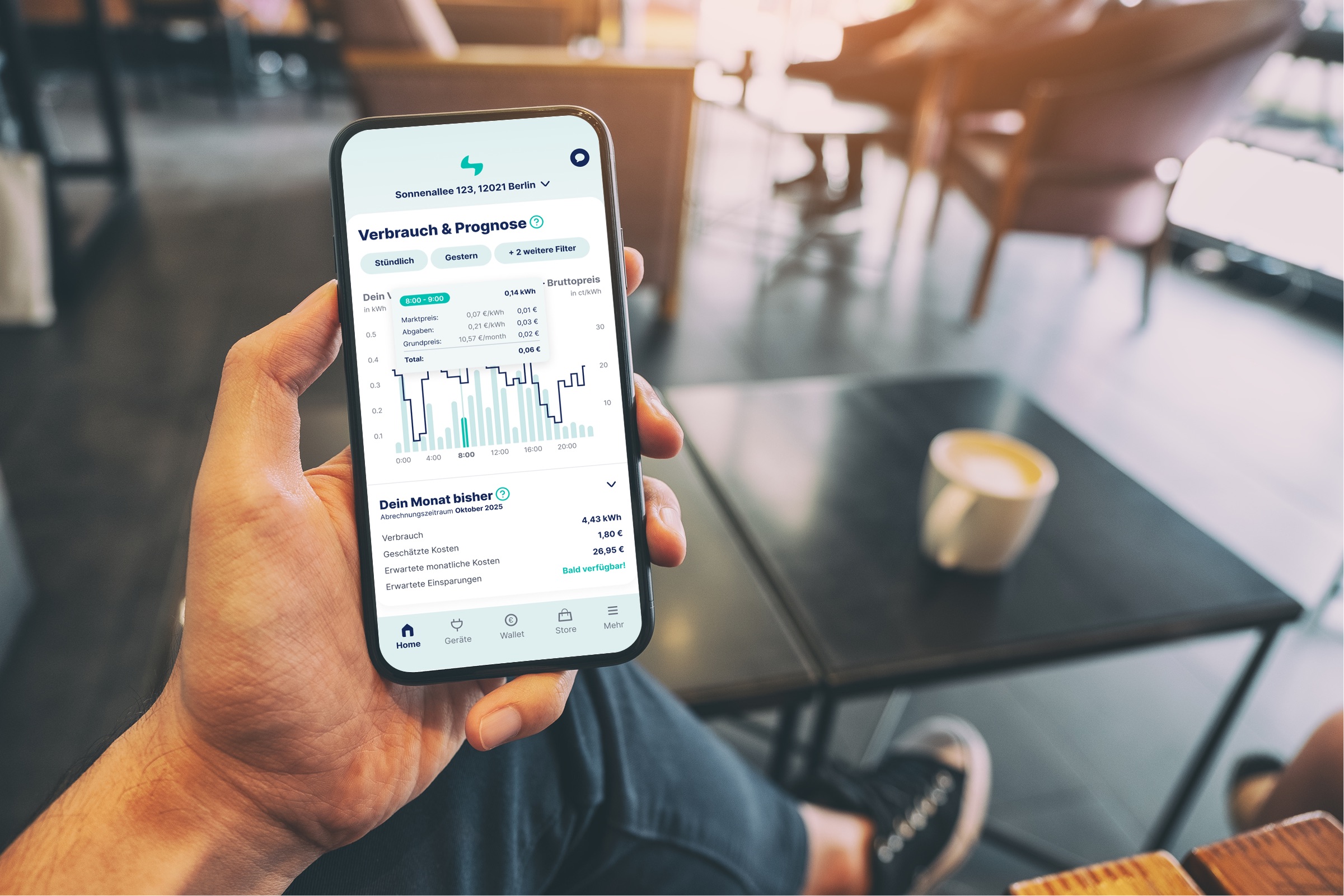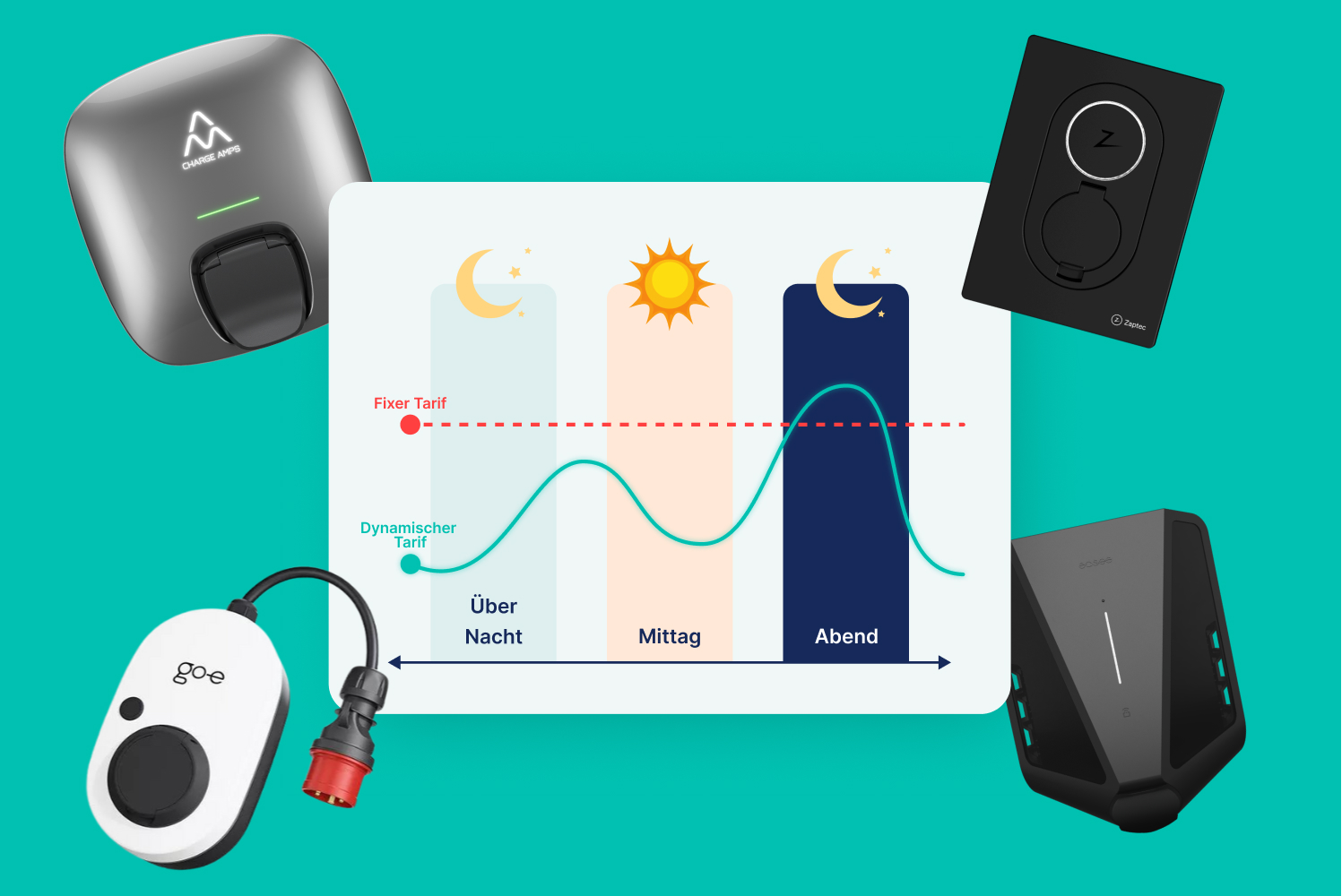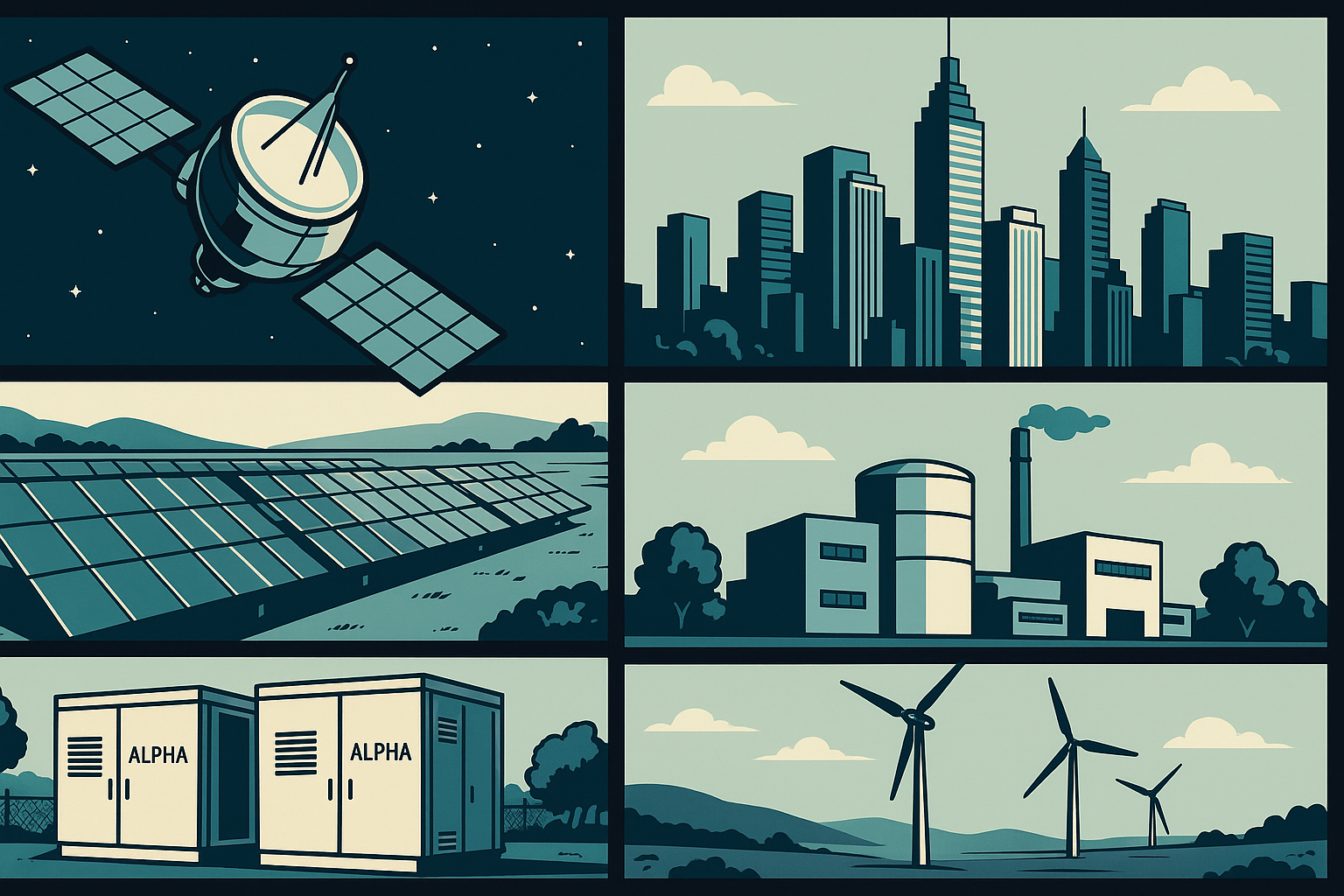Energy
Der Grüne Vorteil: Warum Netzausgleich wichtig ist
By
Dolly Hughes
12.10.2023

7
Min.

Schon einmal vom Netzausgleich oder Redispatch 2.0 gehört? Was das ist und warum der Netzausgleich eine zentrale Rolle bei der Gestaltung einer grüneren und nachhaltigeren Zukunft der deutschen Energiewirtschaft spielt, erfährst du in diesem Blogbeitrag.
Der Grüne Vorteil: Warum Netzausgleich wichtig ist
Die Netzausgleich, auch als Redispatch 2.0 bezeichnet, ist ein wichtiger Bestandteil in Deutschlands (Energiewende) hin zu erneuerbaren Energiequellen. Schauen wir uns das doch mal genauer an, um zu sehen, warum das so wichtig ist:
Sicherung der Netzstabilität: Die Umstellung auf erneuerbare Energiequellen wie Wind und Sonne hat mehr Variabilität ins Energienetz gebracht. Anders als konventionelle Kraftwerke unterliegen erneuerbare Energien den Wetterbedingungen und Schwankungen zu verschiedenen Tageszeiten. Der Netzausgleich sorgt dafür, dass Angebot und Nachfrage sich treffen, um Stromausfälle oder ähnliches zu verhindern.
Frequenzregulierung: Netzbetreiber verwenden den Netzausgleich, um die Netzfrequenz stabil bei 50 Hertz zu halten. Das ist entscheidend für den Betrieb sensibler elektronischer Geräte und zur Gewährleistung der Effizienz industrieller Prozesse.
Erleichterung der Integration erneuerbarer Energien: Deutschland hat ambitionierte Ziele für die Stromerzeugung aus erneuerbaren Energien festgelegt. Der Netzausgleich ermöglicht die erfolgreiche und effiziente Übertragung von dieser Energie, indem Angebot und Nachfrage möglichst genau aufeinander abgestimmt werden.
Verringerung der Abregelungen von EEG-Anlagen: Überschüssig produzierte Energie aus erneuerbaren Quellen während windiger oder sonniger Perioden kann zur Abregelung der EEG-Anlagen führen, wenn derzeit keine Nachfrage nach dieser Energie besteht. Der Netzausgleich hilft dabei, diese überschüssige Energie in Gebiete mit höherer Nachfrage umzuleiten und so die Verschwendung zu minimieren. Nehmen wir zum Beispiel an, es gibt einen Überschuss an Energie aufgrund hoher Windkraft im Norden – diese Energie kann dann in Haushalte im Süden umgeleitet werden.
Reduzierung der Abhängigkeit von fossilen Brennstoffen: Deutschland strebt den Kohleausstieg an und will die Abhängigkeit von fossilen Brennstoffen reduzieren. Der Netzausgleich spielt dabei eine wichtige Rolle, da er es ermöglicht, bestehende Gas- und Kohlekraftwerke effizient als Backup-Quellen einzusetzen. Dadurch wird die Gesamtauslastung dieser Kraftwerke reduziert, während ihre Verfügbarkeit im Bedarfsfall weiterhin gewährleistet ist.
Umstieg auf saubere Alternativen: Neben der Reduzierung von fossilen Brennstoffen ebnet der Netzausgleich den Weg für sauberere Backup-Quellen wie Erdgas und nachhaltige Biomasse, was die Emissionen von Treibhausgasen verringert.
Mehr Entscheidungsfreiheit für Verbraucher:innen: Intelligente Netztechnologien und Netzausgleich helfen dir als Verbraucher:in dabei, clevere Entscheidungen bezüglich deinem Energieverbrauch zu treffen. Durch den Zugriff auf Echtzeitdaten zu Energiepreisen und Netzbedingungen hast du die Möglichkeit, deinen Verbrauch in umweltfreundlichere und kostengünstigere Zeiten zu verlegen.
Laststeuerung: Der Netzausgleich ermöglicht die sogenannte Laststeuerung, auch bezeichnet als Demand-Side-Management (kurz DSM) oder Demand-Side-Response (DSR). Hierdurch erhalten Verbraucher:innen Anreiz dazu, ihren Stromverbrauch in Spitzenzeiten zu reduzieren. So folgt eine Verringerung der Nachfrage, ohne eine Erhöhung des Angebots. Dies kommt nicht nur deinem Geldbeutel zugute, sondern entlastet auch das Netz während Zeiten hoher Nachfrage.
Unterstützung der Klimaziele Deutschlands: Deutschland hat sich dazu verpflichtet, die Treibhausgasemissionen erheblich zu reduzieren. Um dieses Ziel zu erreichen, setzt das Land auf die Optimierung der Energienutzung und die Verringerung des Bedarfs an Stromerzeugung aus fossilen Brennstoffen. Dabei spielt der Netzausgleich eine entscheidende Rolle als Instrument zur Erreichung dieser Klimaziele.
Netzausgleich: Was hast du als Kund:in davon?
Der Netzausgleich ist die Kunst, einen stabilen und zuverlässigen Stromfluss durch das Stromnetz zu gewährleisten. In Deutschland ist dies besonders wichtig, da das Land den Übergang zu erneuerbaren Energiequellen wie Wind und Sonne und den Ausstieg aus fossilen Brennstoffen anstrebt. Für Endkund:innen kann der Netzausgleich der Schlüssel zu einem umweltfreundlicheren Leben und Kosteneinsparungen sein:
- Optimierung des Energieverbrauchs durch intelligente Zähler: Intelligente Zähler sind dein Einstieg in einen effizienteren und umweltfreundlicheren Lebensstil. Durch die Verfolgung deines Energieverbrauchs in Echtzeit kannst du Spitzenverbrauchszeiten identifizieren und clevere Entscheidungen darüber treffen, wann du energieintensive Geräte verwendest. Dies reduziert nicht nur deinen CO2-Fußabdruck, sondern senkt auch deine Stromrechnungen.
- Tarife mit dynamischer Preisgestaltung: Mit Blick auf den Netzausgleich können Stromanbieter wie Ostrom Tarife mit dynamischer Preisgestaltung anbieten. Das bedeutet, dass du während der Schwachlastzeiten weniger für Strom bezahlst und dazu ermutigt wirst, energieintensive Aufgaben in Zeiten zu verlagern, in denen der Strom sowohl billiger als auch umweltfreundlicher ist. In der Regel ist das in den Nachtstunden, wenn Strom aus erneuerbaren Energiequellen im Überfluss vorhanden ist.
- Optimiertes Laden von Elektrofahrzeugen: Intelligente Algorithmen können das Laden von Elektrofahrzeugen so steuern, dass es zu den günstigsten und umweltfreundlichsten Zeiten erfolgt. Das bringt die Interessen des Netzes und der Verbraucher:innen in Einklang – und genau das ermöglicht die Ostrom-App. Stell dir vor, du schließt dein Elektroauto nachts zum Laden an, mit dem Wissen, dass es nicht nur günstiger, sondern auch mit sauberem Strom aus erneuerbaren Energiequellen geladen wird. Dadurch sparst du nicht nur Geld, sondern hilfst auch dabei, das Stromnetz während Spitzenzeiten zu entlasten. So trägst du zu einem nachhaltigeren und effizienteren Energieökosystem bei. Für unsere Kund:innen mit Elektroauto war es uns besonders wichtig, einen Tarif mit dynamischer Preisgestaltung sowie eine einfach Ladeterminierung zu ermöglichen. Weitere Informationen findest du auf der Seite für Smart EV Charging.
Engagiere dich im Kampf für eine grünere und smarterer Zukunft
Netzausgleich ist nicht nur ein technischer Begriff; es ist der Herzschlag der Energiewende Deutschlands. Durch das Verständnis der Bedeutung kannst du dich aktiv an einer grüneren, intelligenteren und nachhaltigeren Zukunft beteiligen. Mit Ostrom an deiner Seite verfügst du über die nötigen Werkzeuge, um umweltbewusste Entscheidungen zu treffen und gleichzeitig deine Energie bequem digital verwalten zu können.















.avif)